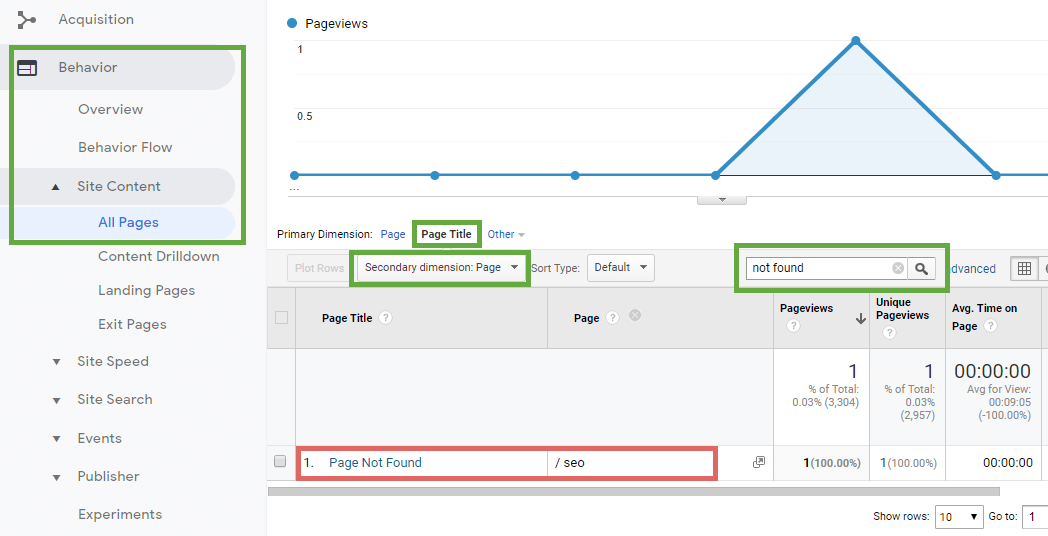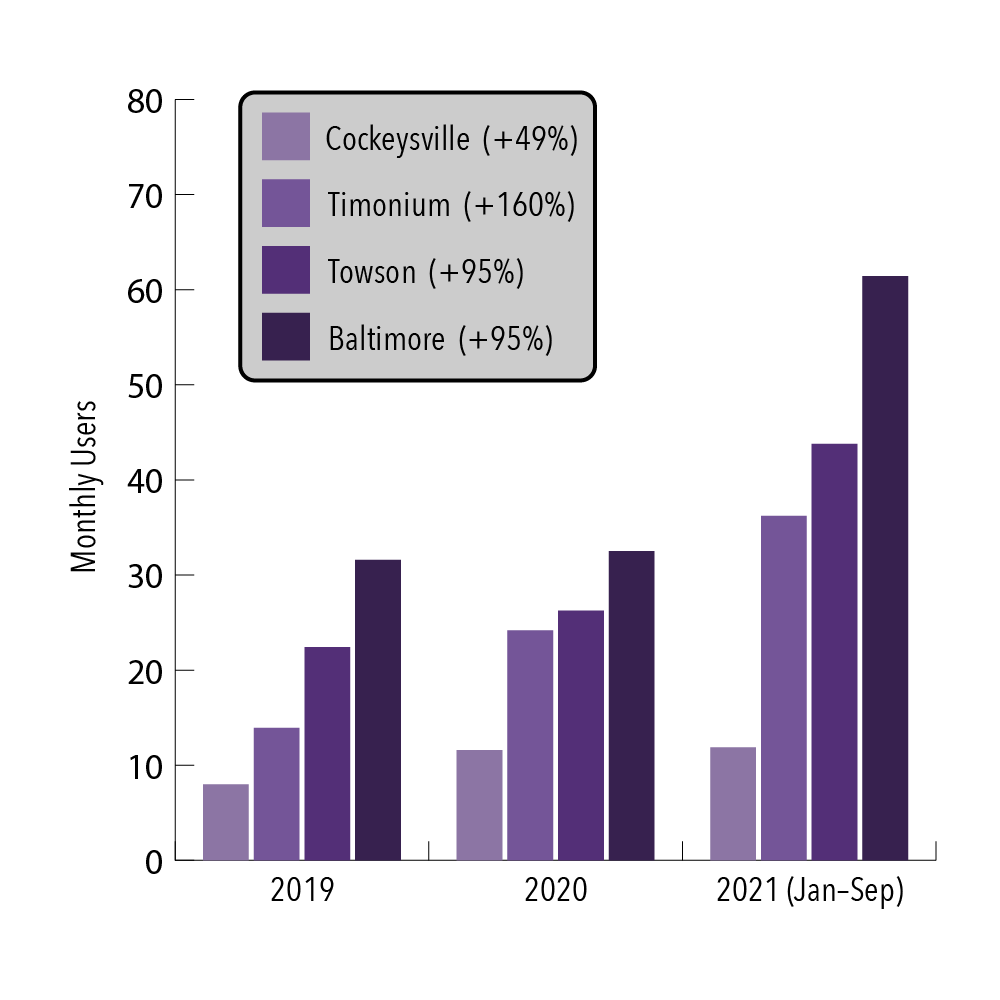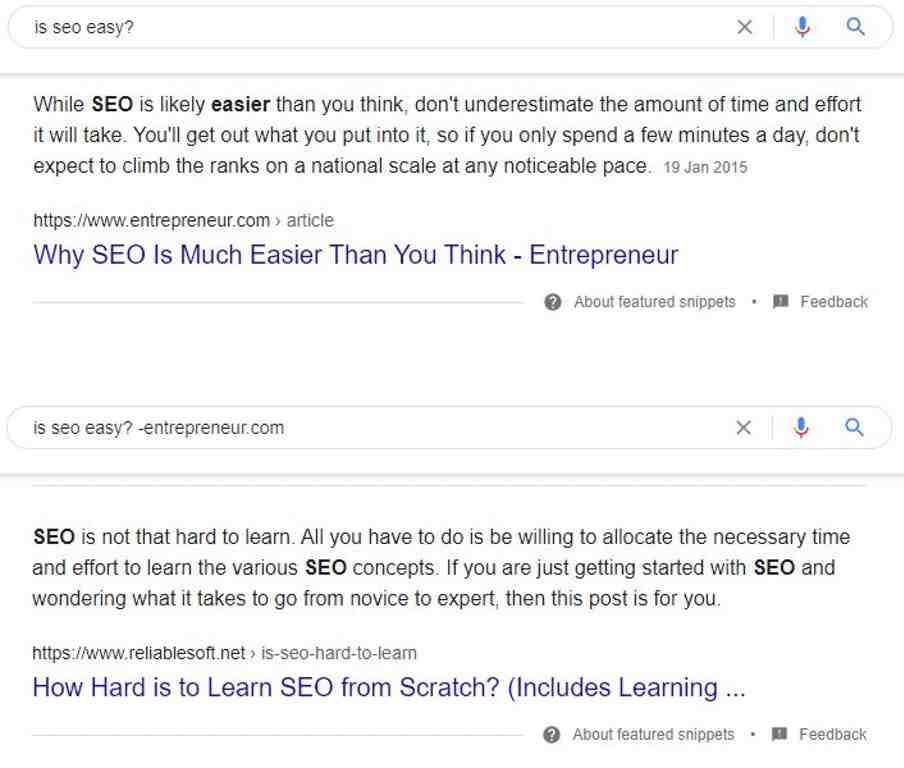What SEO considerations should you take into account in your rebrand planning process?
This question comes from Tyler, who attended a recent SEJ webinar and asked,
“Recently, we’ve been rebranding the customer and changing their brand name and URL. We’ve seen an absolutely massive drop with rankings and traffic.
Could you give me some insight into why specifically changing the brand name / URL affects all these pages that essentially haven’t changed in terms of content and had the right redirects in place? “
Contents
Doing The Prework For A Successful Site Rebrand

“Changing a URL / domain means a whole new page or website for Google. This is a classic challenge in website migration,” says Ludwig Makhyan, Co-Founder of Mazeless – Enterprise SEO.
He suggests, “You have to take some crucial steps to ensure that your migration process goes smoothly. If you do everything right, you will avoid losing your ranking and saving a lot of revenue.”
Suggested Solutions:
“First things first, there’s a ton of preparation work to be done,” says Makhyan.
“The easiest way to play this will be to follow a good SEO migration checklist of the website. In general, the whole process will be divided into the following main phases: Pre-Migration, Launch, and Post-Migration.
Some of the most important things to do in Pre-Migration are:
“After that, you have to do a lot of testing on the staging environment. You have to make sure that all the redirects are installed properly. Some important mistakes to avoid are broken redirects, redirect chains, and loops. In a perfect world , you want to make sure that every 301 redirect doesn’t have more than one jump, “Makhyan recalls.
“To retrieve, after the migration you have a new page for Google. Now you want to transfer all pre-existing page values here. To do this, you need to let Google know that this new URL is the new logical version of the old one.” .
See “Mahkyan Site Migration Issues: 11 Potential Reasons Traffic Dropped” for more information.
Resist The Urge To Execute All Changes At Once

Harpreet Munjal, founder of LoudGrowth, says the biggest mistake many companies make is not a technical error, but a process error: executing all the changes at once.
“This can make things complex and reduce efficiency, especially if you have a large website,” he adds.
Suggested Solution:
To avoid this, Munjal advises marketers to “divide your rebranding and domain change process into several stages.”
“For example, first deal with website design changes without changing your content, web hosting, or anything else. Then give yourself some time to see any effects. If all goes well, move on with other changes. he says.
Be sure to keep a backup copy of your older website, he added. In case of serious site problems, you can always go back.
“If you’re going to recover using your backup, determine what issues are affecting your ranking and traffic. Then, start by planning the right strategy and implementing the changes one at a time. Follow the changes and give everyone the enough time to evaluate the results, ”explains Munjal.
Get Your Redirects In Order

Adam Riemer, CEO of Adam Riemer Marketing, recommends that when you change and change a URL, “You should always configure all redirects correctly.”
In this case, Tyler is sure his redirects were done correctly – but it’s never wrong to double check.
Suggested Solution:
Riemer emphasizes that, “All pages – especially those that have quality backlinks and get traffic from social media – need 301 redirects.”
Also, note that, “It’s also important to update your sitemaps, and show all the canonical links from the old URL to the new URL, so that Google is crawling, seeing the new URL and where the page now exists.”
“Next, contact any backlinks you have and ask them to change the old link to the new one. Then, send an email to customers to let them know about the new brand and start picking up the buzz,” Riemer suggests.
Keep Optimizing & Monitor For Traffic Changes

Himani Kankaria, Founder of Missive Digital, shares her intuition as she specifically changes her brand name / URL affecting these pages.
“Usually, the authority is attached to each domain name so even if you have the redirect done right, with all the canonical and internal links in place, the site may lose traffic due to the authority of the domain. lost domain, ”he advises.
Suggested Solutions:
What can be done in this case? Kankaria recommends the following:
Takeaways & Working Backwards From Post-Rebrand

For Tyler, it’s too late to get back to planning. But the above considerations provide a framework for working; if any of the above steps are missing, this is a good place to start.
Check your redirects, making sure you don’t inadvertently create broken redirects, redirect chains, or loops.
Re-evaluate web design and content changes that have taken place at the same time. See if you can identify high value pages, most of the traffic that has been hit the most. What has changed? What can you change now to try to get that traffic back?
Do an SEO technical audit to identify any major issues that could have a negative impact on your ranking.
Evaluate your link building and content activity. Have you put any other SEO tactics on hold to focus on the rebrand? If so, start up again and rebuild.
A few other potential issues and questions that come to mind include:
Has the architecture of the site changed?
Is it possible PageRank is not as optimally distributed as it used to be? Has your site hierarchy become more difficult for users or crawlers? Are important pages now more clicks away from the homepage?
How much time has passed since rebranding?
There was some initial confusion for search engines, especially as the domain name changed. If ranking and traffic loss are on the site, it’s a possibility. Sometimes these things settle down and get back on track.
Have they changed anything on the backend?
… such as removing / not properly configuring a CDN, or making design changes that have introduced code bloat, reduced mobile friendliness, or impacted page speed?
Did you explicitly notify Google of the domain change?
Submit a new sitemap.xml file and use Google’s Change of Address tool to report the change.
Have you updated your directory listings to reflect the new URL?
This is particularly important if it is based on local organic traffic. You will not lose traffic from the same sites if your redirects are accurate.
However, when Google sees key information about a conflicting business, such as incompatible phone numbers, hours of operation, or a website address, it must determine which information is true.
Your site cannot be trusted if suddenly every other site that is listed online says the domain is different.
Did you check for problems with the new domain history?
Hopefully, the new brand name and associated domain will be investigated well before the migration. But if not, check now to see if there are any unresolved manual actions in place.
You may need to do some cleaning and submit a request for reconsideration.
If all else fails, work through this list of other reasons that a site might suddenly see the ranking drop.
Image presented: Gearstd / Shutterstock
